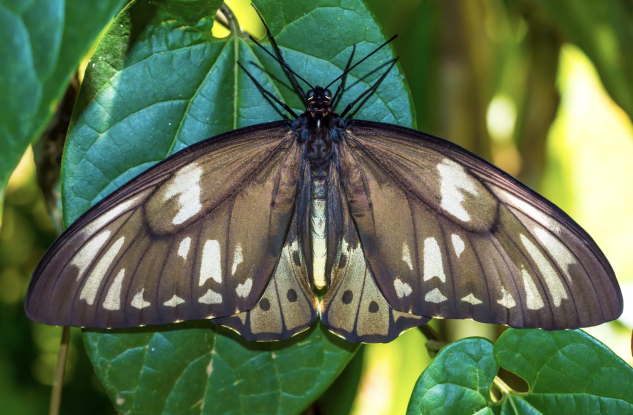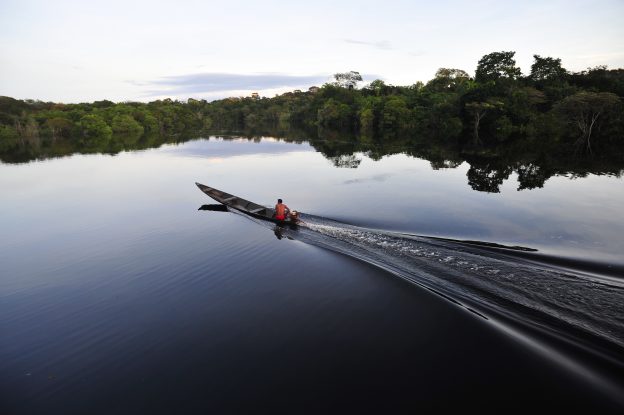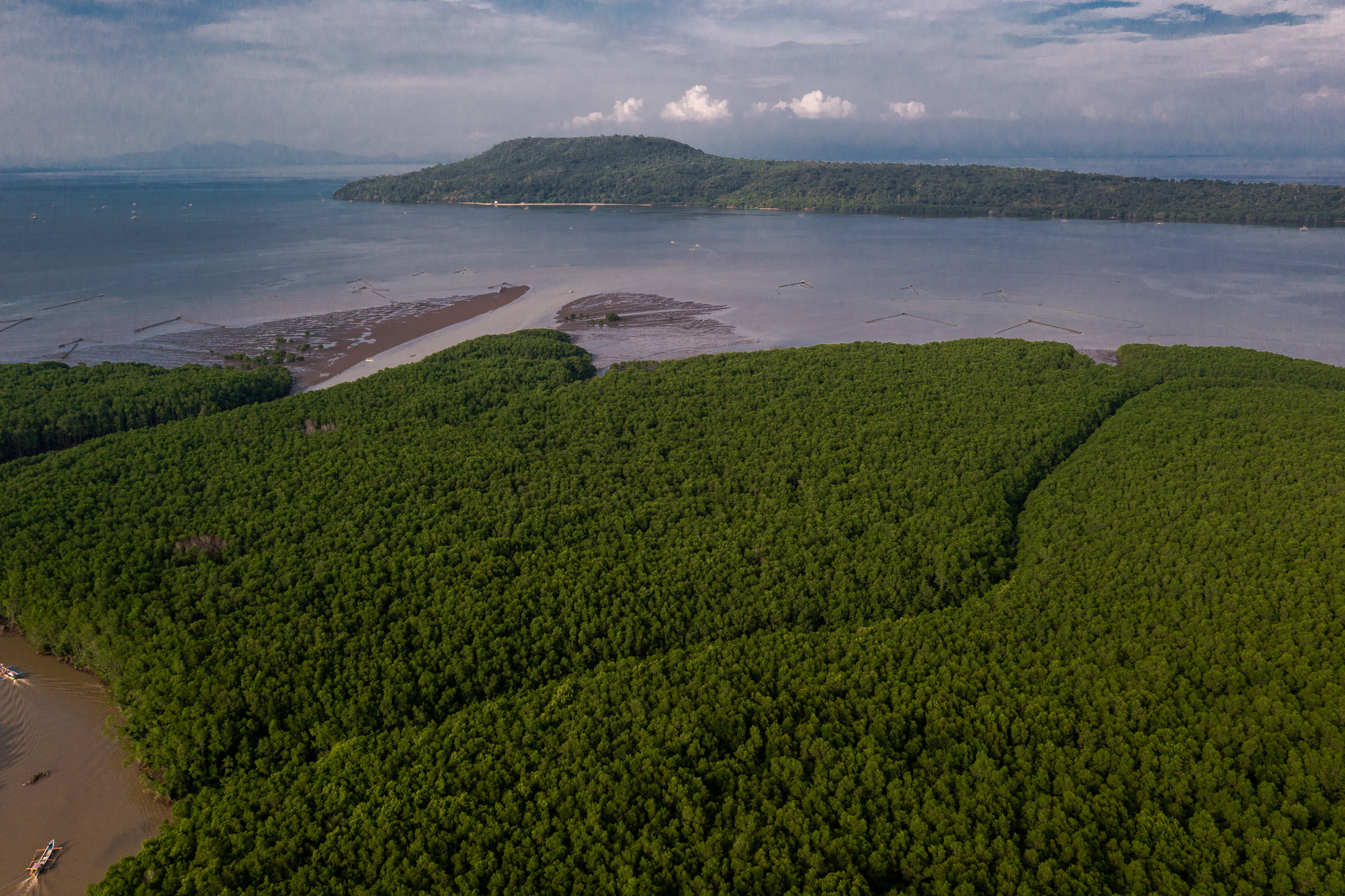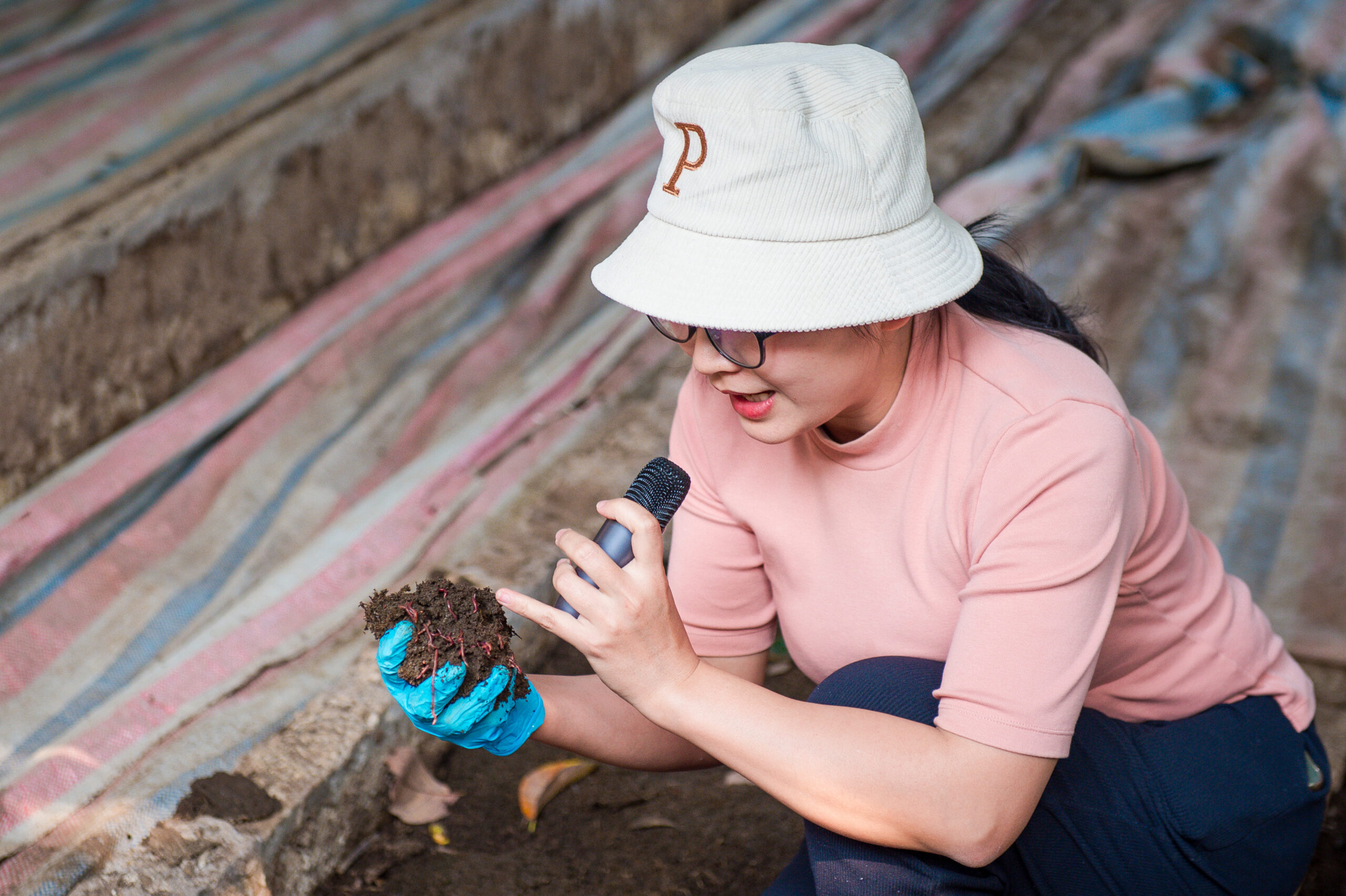As the sun rises on the banks of a river in Guyana’s Rupununi, a community member collects a sample of water, which will later reveal the DNA of fish and other wildlife. Nearby, a camera trap records a jaguar slipping through the forest undergrowth. Together, these efforts form part of a community-driven biodiversity monitoring program that combines Indigenous knowledge with modern science and technology to better understand and protect the region’s wildlife.
“This kind of monitoring gives us real tools to understand what’s happening in our environment. It helps us make better decisions for our communities, our wildlife and our future,” said Titus Antone, a project member from Katoka Village in Guyana’s Rupununi.
Today, the country stands in the global spotlightas one of the fastest-growing economies in the world, with a growth projectedtodoubleby2028. This boomis driven by the discovery and rapid development of offshore oil reserves, with production now reaching 900,000 barrels per day.Just a decade ago,however, the country remained largely under the international radar — a contrast that makes its parallel commitment to biodiversity all the more striking.
Amid this surge in economic development, Guyana has remained committed to safeguarding its biological wealth. The country is positioning itself not only as a rising energy powerhouse but also as a leader in biodiversity conservation.Through its Low Carbon Development Strategy (LCDS) — first launched in 2009 and updated in 2022 — the country has pledged tosustain forest cover and preserve biodiversity while maintaininginclusive economic growth. A giant anteater (Myrmecophaga tridactyla) moves through the open savannahs of Region 9, Guyana, one of the country’s most biodiverse landscapes.
Biodiversity under pressure
Guyana’s biodiversity is remarkable. The country is home to more than 800 bird species and over 6,000 species of plants. Its landscapes range from vast savannah grasslands to dense tropical rainforests, which still coverabout 85% of the country.
Yet similar to much of the world, Guyana faces challenges in monitoring and managing its biodiversity as pressures from development, infrastructure expansion and climate change intensify. Without areliable monitoring system, there is a risk of collecting inconsistent or irrelevant data, overspending on ineffective approaches, or failing to track key ecological changes altogether.

A pilot for national monitoring
To address these concerns, the Sustainable Wildlife Management Programme,a multi-partner initiative funded by the European Union and implemented in Guyana by the Center for International Forestry Research and World Agroforestry(CIFOR-ICRAF), is piloting a cutting-edge biodiversity monitoring component. The goal is to develop scientifically rigorous and cost-efficient methods that can be scaled nationally and replicated globally.
The projectalso places Indigenous Peoples and Local Communities at the centre, strengthening their capacity to monitor and manage natural resources through community-based approaches. The data collected will inform local decision-making and contribute to national and global biodiversity goals.
The project operates in seven Indigenous communities in the Rupununi region of Guyana, an area of exceptional ecological diversity. Since March 2025, 28 local monitors have been using camera traps, acoustic monitoring devices, environmental DNA (eDNA) and local ecological knowledge to collect data on various taxonomic groups such as mammals, birds and fish.
Harnessing artificial intelligence
To analyse and present the data, CIFOR-ICRAF has partnered with Map of Life, an initiative of the Yale Center for Biodiversity and Global Change. Using artificial intelligence, Map of Life applies machine learning to identify species from camera trap images and acoustic recordings. The results will be visualized through their online dashboard, enabling decision-makers at local, national, and international levels to easily access and interpret biodiversity trends.
Preliminary findings from just three months of data collection have already highlighted the region’s impressive biodiversity. Acoustic monitoring alone has detected over 450 bird species, including the Endangered Red Siskin (Spinus cucullatus) and the Vulnerable Harpy Eagle (Harpia harpyja). Meanwhile, initial results from the camera trapping have captured jaguars (Panthera onca), pumas (Puma concolor) and giant armadillos (Pridontes maximus).
Shun Alvin, a local monitor from Rewa Village, added, “Being part of this project has shown that our traditional knowledge has important value. When we combine what we’ve learned from our elders with technology like camera traps and eDNA, we can protect our biodiversity in a way that respects both our culture and the science”.

The significance of this work was underscored in July at the Global Biodiversity Alliance Summit in Georgetown, where the President of Guyana announced the country’s ambition to implement the world’s first national biodiversity monitoring system by 2030. Findings from the Rupununi pilot are expected to directly shape and inform the design of the system and serve as a model for other biodiversity-rich nations.
As Guyana advances along its path of rapid economic growth, the inclusion of biodiversity monitoring into national planning signals a practical commitment to sustainable development. The biodiversity monitoring pilot in the Rupununi demonstrates how combining data, Indigenous knowledge and policy can strengthen both ecological integrity and support long-term development goals— lessons that extend well beyond Guyana’s borders.
Acknowledgements
The Sustainable Wildlife Management (SWM) Programme is a major international initiative aimed at enhancing the conservation and sustainable use of wildlife in forest, savannah and wetland ecosystems. It is funded by the European Union, with co-funding from the French Facility for Global Environment (FFEM) and the French Development Agency (AFD). Projects are being piloted and tested with governments and communities in 15 participating countries.
The programme is implemented by a dynamic consortium of partners that includes CIFOR-ICRAF, the Food and Agriculture Organization of the United Nations (FAO), the Wildlife Conservation Society (WCS) and the French Agricultural Research Centre for International Development (CIRAD).











